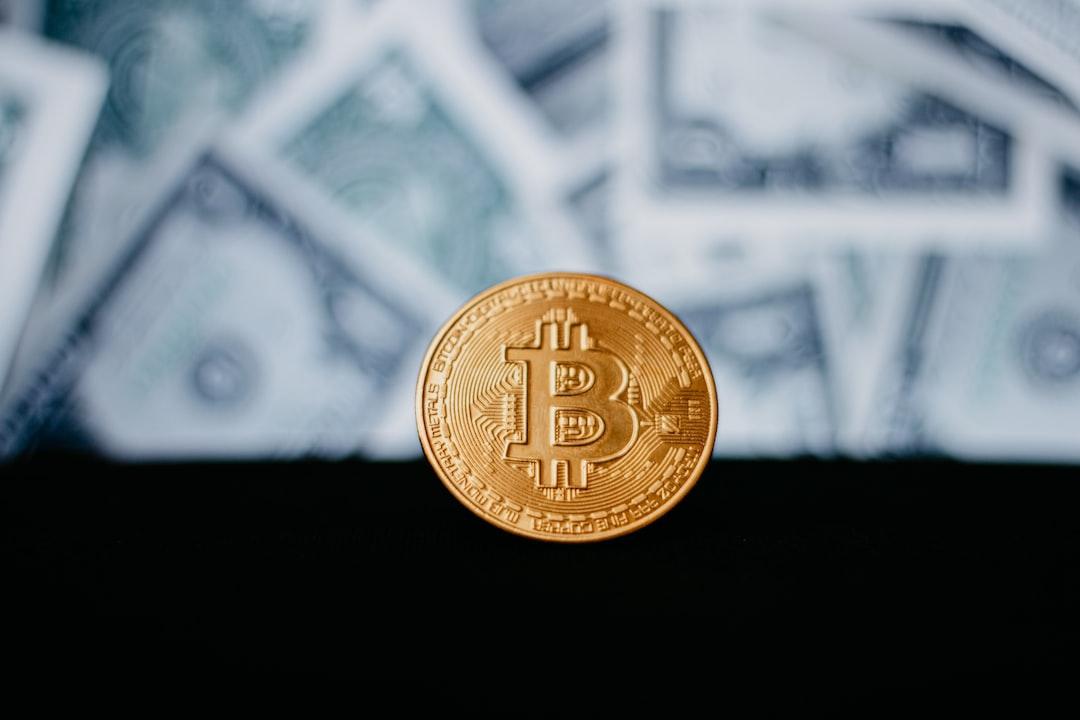
US Regulators Mexican Drug Cartels Employ Bitcoin Ethereum Monero and USDT for Procuring Vital Fentanyl Ingredients
A recent report from a US regulator reveals that drug cartels in Mexico have been using Bitcoin (BTC), Ethereum (ETH), and other top cryptocurrencies to buy essential ingredients for producing the deadly synthetic opioid fentanyl.
The Financial Crimes Enforcement Network (FinCEN) states that the cartels are purchasing fentanyl precursor chemicals, pill presses, die molds, and other manufacturing equipment from Chinese companies using cryptocurrency and various other methods. FinCEN, an agency at the US Department of the Treasury that monitors money laundering and terrorism financing, highlights that the cartels also conduct transactions with the top stablecoin USDT and the privacy coin Monero (XMR), among other crypto assets.
According to FinCEN, the drug-smuggling organizations transfer cryptocurrency to individuals affiliated with Chinese suppliers or to secondary money transmitters with hosted wallets at virtual asset service providers. However, it’s not just cryptocurrency that the cartels rely on. The US regulator also points out that they use banks, money services businesses (MSBs), and online payment processors to acquire materials for producing fentanyl. FinCEN explains that many of these transactions are processed in dollars through US correspondent banks, domestic online payment processors, and agents of American MSBs based in Mexico and China.
Additionally, the drug cartels use shell companies that mimic legitimate Chinese exporters and Mexican importers to further their operations, according to the regulator. It’s important to note that the opinions expressed in this article are not investment advice, and investors should conduct thorough research before making any high-risk investments in Bitcoin, cryptocurrency, or digital assets. The Daily Hodl also does not recommend the buying or selling of any cryptocurrencies or digital assets. Any transfers or trades are done at the individual’s own risk, and any resulting losses are their responsibility.












